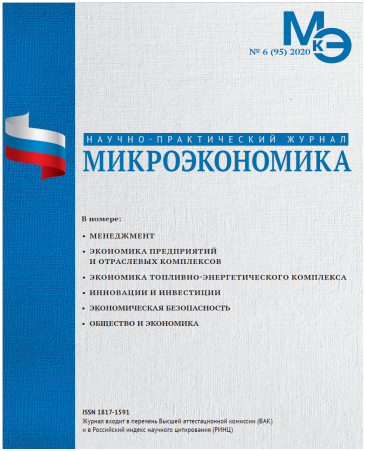Analysis of the fund of the national welfare of the Russian Federation
DOI: 10.33917/mic-6.95.2020.94-99
In an unstable environment of sharp declines in world oil prices associated with a decrease in demand for their consumption mainly due to COVID-19, studies on the formation, distribution and assessment of the effectiveness of the use of funds from sovereign wealth funds of states are timely and relevant. A comparative assessment of the approaches of various states on the use of the funds of their sovereign wealth funds is carried out, an analysis of the sources of allocation of funds of the National Welfare Fund of the Russian Federation for 2015-2019 is carried out, a method for assessing the economic efficiency of using the funds of the national welfare Fund of the Russian Federation, based on a comparative assessment of its profitability with the level of profitability of foreign sovereign funds, is proposed.












